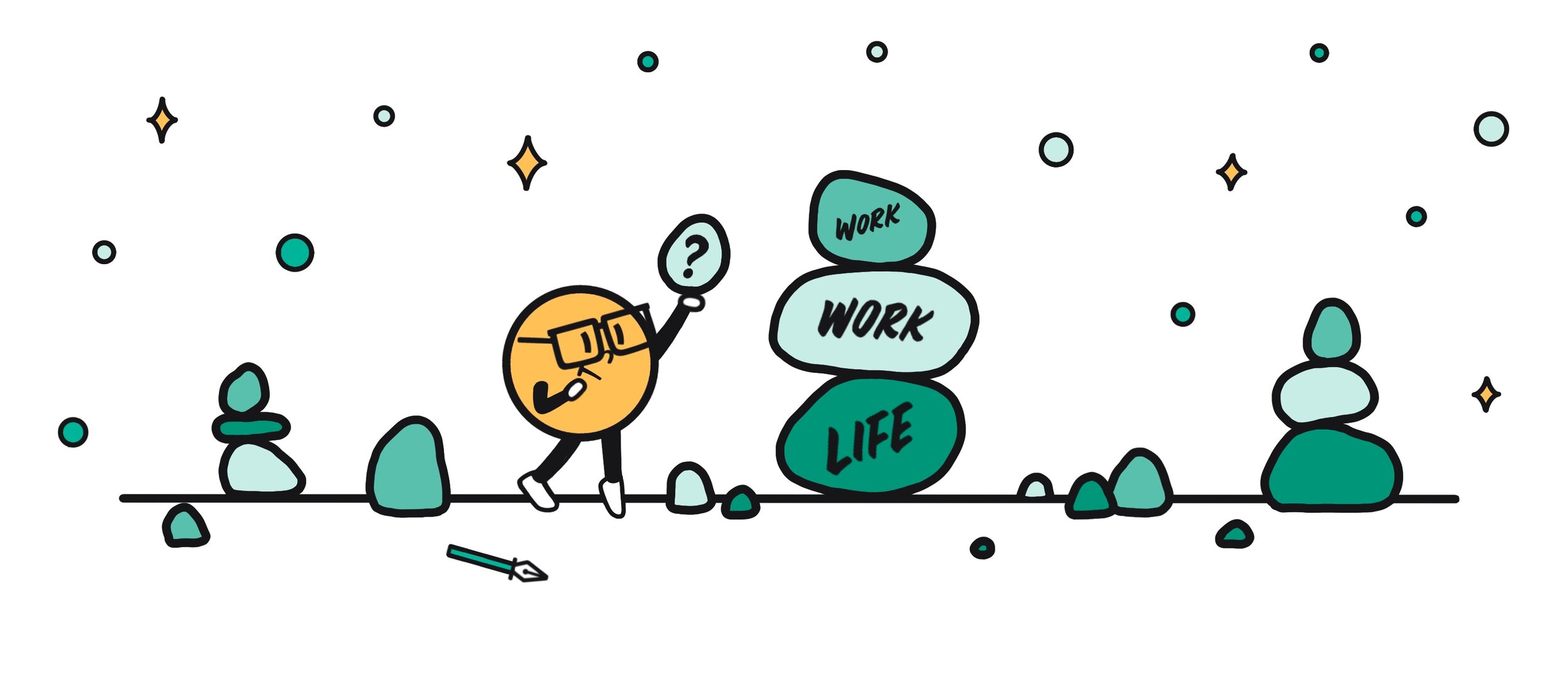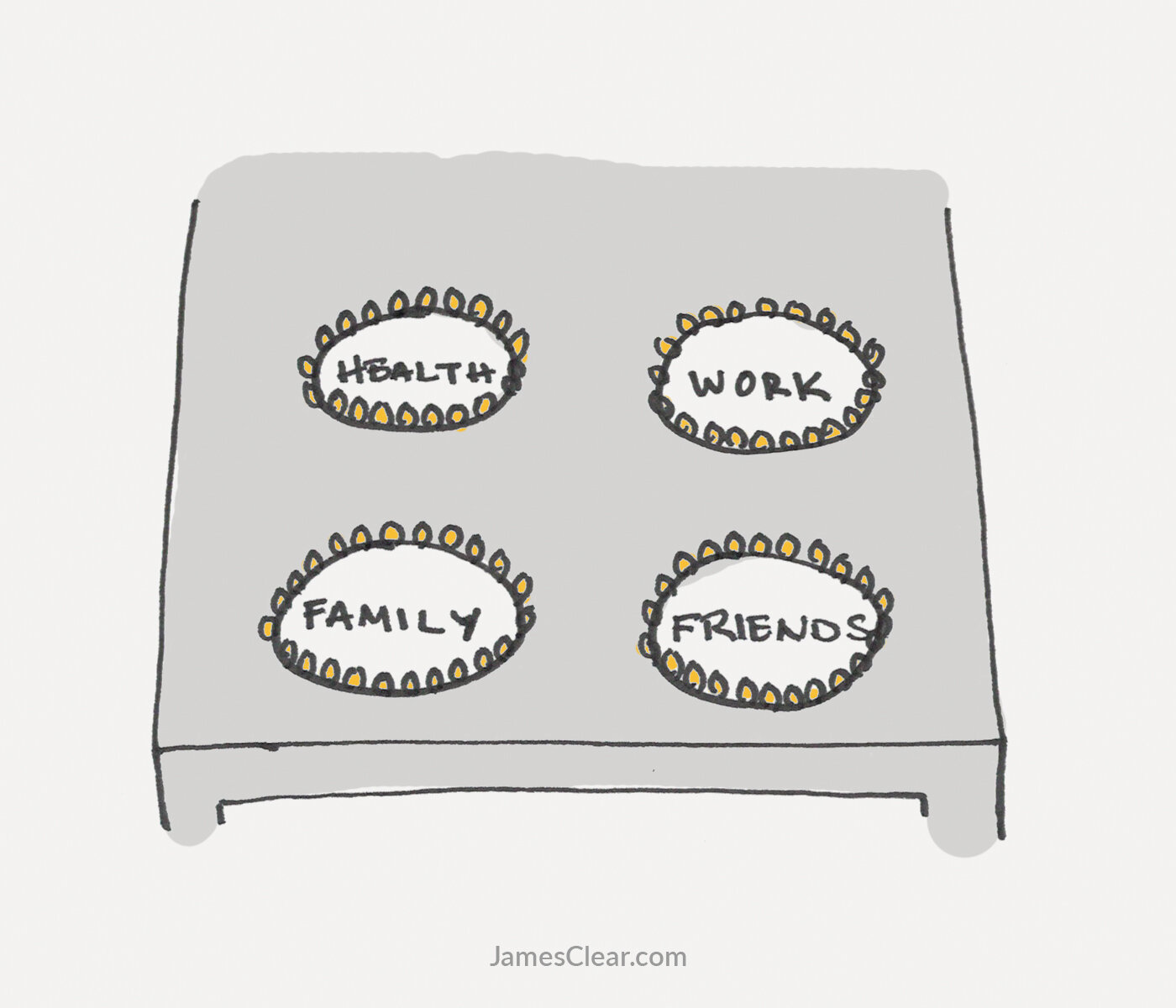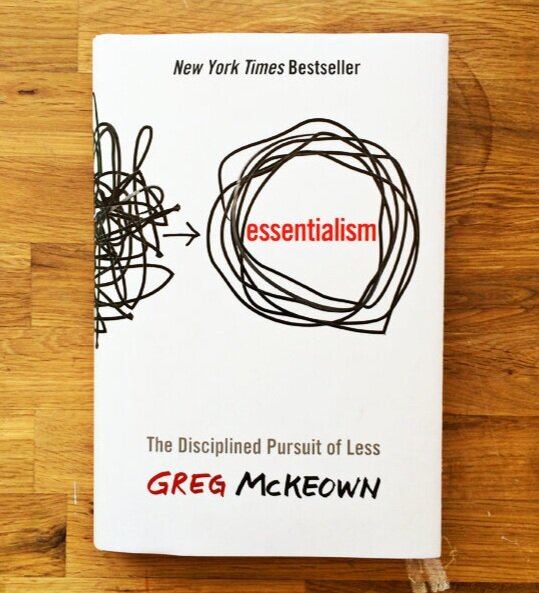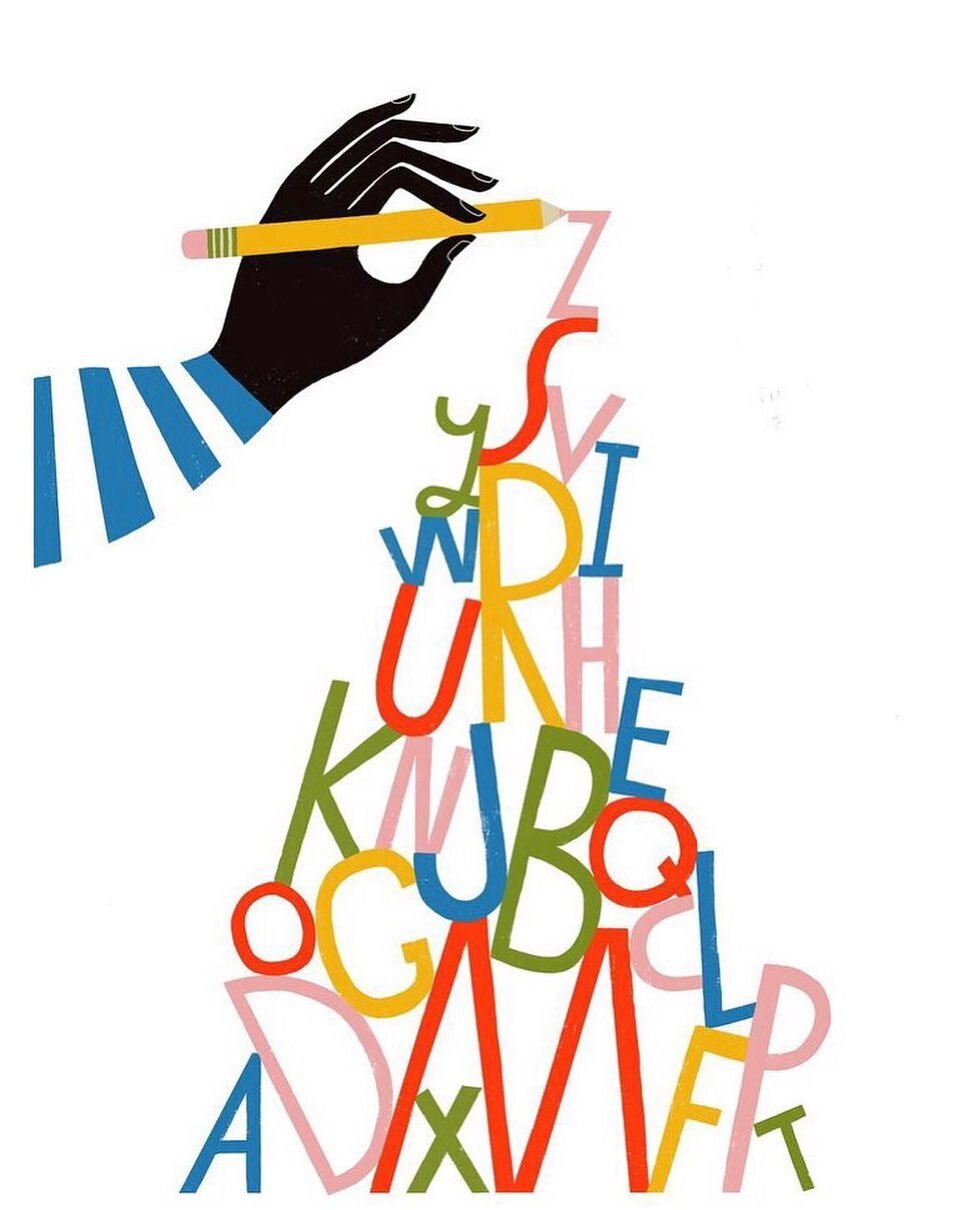The thing I’ve struggled with most since I started lettering in 2015 is finding balance between my day job, creative projects, and personal life.
Let’s be real, even people without creative projects have trouble maintaining work-life balance. 🤷♀️
But for the group of us who have taken the extra step of evolving our creative work from a hobby to a side hustle, the work-work-life balancing act we play can get pretty challenging. The struggle comes in waves, and lately the anxiety has been creeping up again.
It starts from the moment I wake up. I check my phone and see unopened messages from family and friends that I neglected for several days. I opened my creative journal and see a long list of unchecked to-do’s from the previous day that I need to carry over. And later I log onto my work computer and see my calendar full of back to back meetings that I have to prepare for.
When I evaluate each task independently, they all seem doable. But when I look at all the commitments in one lump sum, it get real daunting.
I revisited a few resources that helped me in the past with my balancing act. And I figured I’m probably not the only one dealing with this right now, so I thought I’d share them here.
One analogy that came up frequently is The Four Burners Theory from David Sedaris. The theory goes like this:
Imagine a stovetop with four burners on it, each representing work, family, friends, and health. The theory says, “in order to be successful you have to cut off one of your burners. And in order to be really successful you have to cut off two.”
It’s a simple model that helps set realistic expectations and remind you that life comes with tradeoffs. If you’re looking to be at equilibrium in all four areas (a.k.a. “balanced”), you can’t expect to over-exceed in one of them. At best you’ll be mediocre at all four. And that’s okay if your priority is to be balanced. At the same time, you can’t expect to hit your max potential in all four areas. If you try you’ll burn out. Avoid this at all costs. 🙅♀️
Another book that helped me understand the reality of tradeoffs is Essentialism by Greg McKeown.
In the book Greg explains that we need to make strategic tradeoffs to achieve the things we decide are the most valuable to us. This decision making process can be difficult at first but the closet purging analogy he uses makes it more effective:
When you’re cleaning out your closet, instead of asking yourself “Will I wear this someday in the future?”, change the question to “Do I absolutely love this?”. If it’s a no, get rid of it. 🗑
By reframing the question this way you force yourself to be more selective, eliminate the clutter, and keep only the essential things. I find this method extremely useful when I catch myself having a difficult time letting go of things.
Lisa Congdon also spoke up about her struggle with achieving balance as an artist, friend, mentor, and other avenues in life in this Instagram post:
“The good news is I feel motivated & excited about all of these areas of my life. The bad news is I can’t engage with all of them (not enough time). I constantly overcommit and experience almost unending overwhelm … [and] when you’re overwhelmed, regardless of how well you handle it, you can’t as easily be present”
This helped me realize that the balancing act is more correlated to energy management instead of time management.
No matter how many commitments I successfully balance in a day, if I end up being overstretched and unable to dedicate as much energy and attention, the feeling of anxiety and overwhelm persists. And the more days I continue this pattern, the less happy and creative I am.
So instead of asking myself “how can I manage my time better?”, I rephrase it to “how can I manage my energy better?” and try my best to fill my days with things that fuel my energy.
Again, I don’t have a perfect solution to this work-work-life balancing problem. But these tools have helped me stay grounded through many ups and downs and if you’re struggling, I hope they help you feel slightly better too. ❤️
Here are a few more things I’ve done to put these lessons into practice:
-
Regularly block out time to reflect on priorities
No matter how busy my week is, I make an effort to reflect for at least 10 minutes in the morning in my Passion Planner Daily. I think through these analogies to check-in and course-correct, especially when I’m starting to feel anxious and unbalanced.
-
Break up your days into larger chunks and batch similar tasks to take care of them in one swoop
I saw this video from Matthew D’Avella that talked about task batching and how it helps minimize reacting to constant interruptions. Once I’ve accumulated a lot of similar tasks (e.g. neglected text messages from the week — sorry friends!), I’ll dedicate a block of time to get through it all at once. I’ve done this with emails, social media posts, sketching, catching up with friends, and other things.
And lastly, if all else fails here’s a quote I like from Albert Einstein that ties all of this balancing talk back to my favorite outdoor activity — cycling.
“Life is like riding a bicycle. To keep your balance, you must keep moving.”
-Chie






